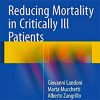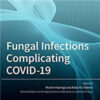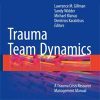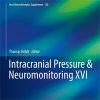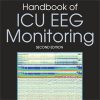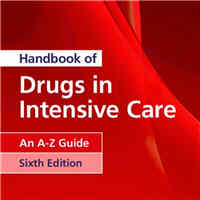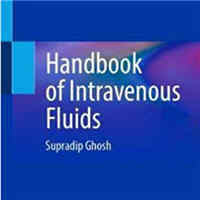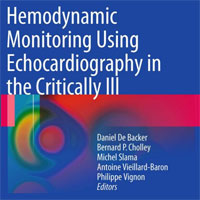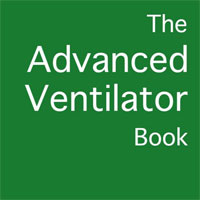Neural Breathing Pattern and Patient-Ventilator Interaction During Neurally Adjusted Ventilatory Assist and Conventional Ventilation in Newborns
journals.lww.comPatient-ventilator interaction appears to be improved with neurally adjusted ventilatory assist. Analysis of the neural breathing pattern revealed a reduction in central apnea during neurally adjusted ventilatory assist use. Twenty-three infants were studied, with median (range) gestational age at birth 27 weeks (24–41 wk), birth weight 780 g (490–3,610 g), and 7 days old (1–87 d old).


